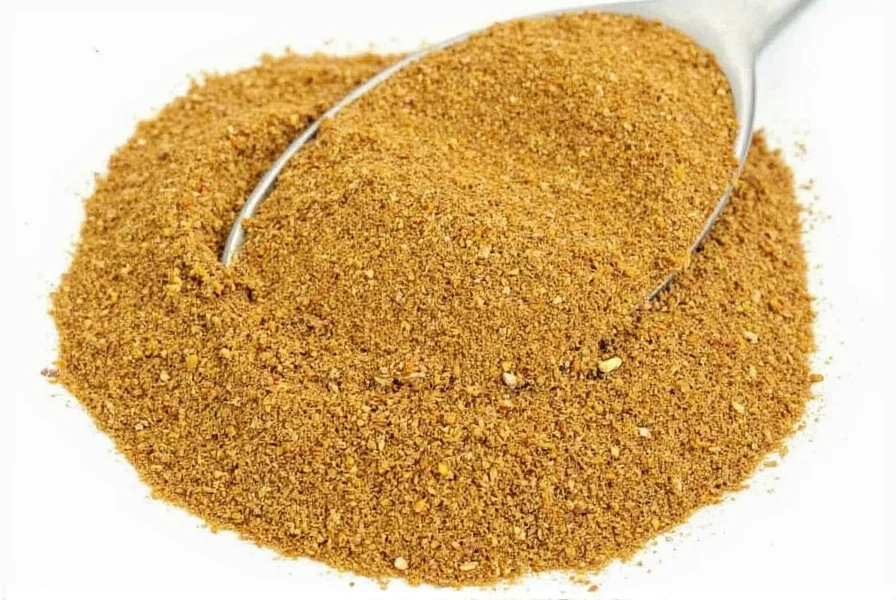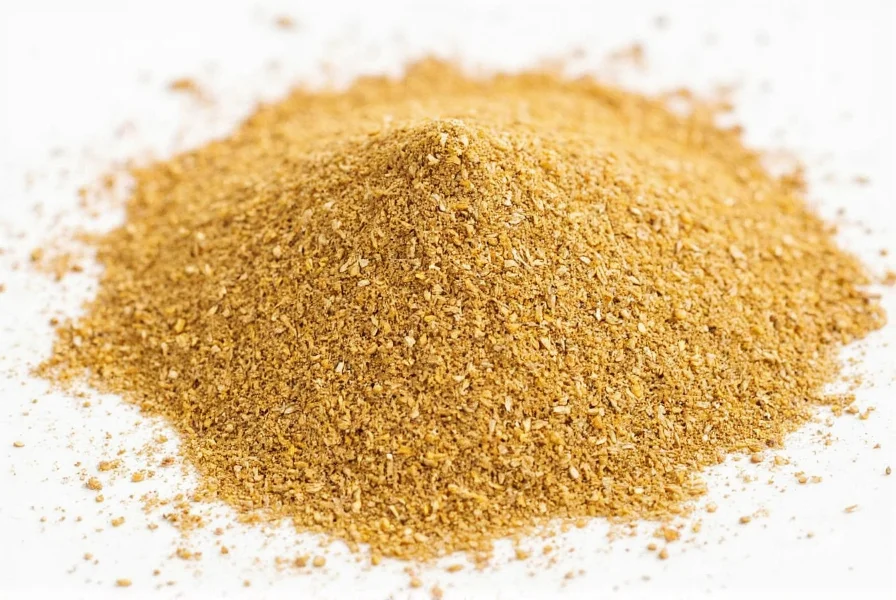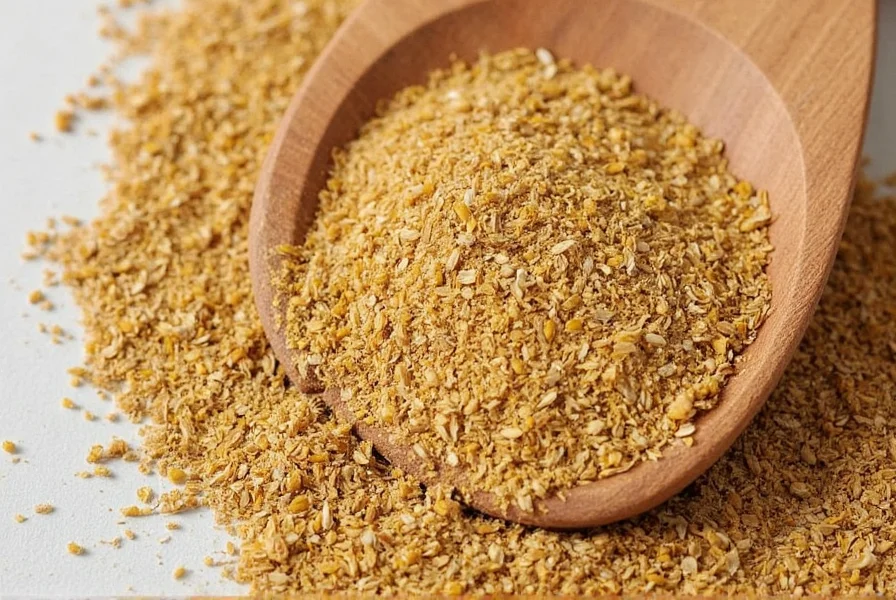When you're in the middle of preparing a curry or stew and realize you're out of fenugreek, knowing reliable substitutes can save your recipe. Fenugreek's unique flavor profile—bitter, nutty, with subtle maple notes—makes it challenging to replace, but understanding its characteristics helps identify suitable alternatives for different culinary applications.
Understanding Fenugreek's Flavor Profile
Fenugreek comes in three primary forms used in cooking: fresh leaves, dried leaves (kasuri methi), and seeds. Each has distinct flavor characteristics that require different substitution approaches. The seeds contain 4-hydroxyisoleucine, the compound responsible for fenugreek's signature maple-like aroma, while the leaves offer a more herbal, slightly bitter note essential in many Indian dishes.
Dried Fenugreek Leaf Substitutes
When replacing dried fenugreek leaves (kasuri methi), which provide that characteristic earthy bitterness to dishes like butter chicken and dal:
- Celery leaf and parsley blend: Combine equal parts dried celery leaves and dried parsley (1:1 ratio). The celery provides the bitter note while parsley adds herbal complexity.
- Mustard greens powder: Use at half the amount of fenugreek called for, as it's more bitter.
- Curry leaves: Add 3-4 fresh curry leaves per teaspoon of dried fenugreek required, particularly effective in South Indian dishes.
For the best results with dried leaf substitutes, crush them between your palms before adding to release essential oils, and add during the last 10 minutes of cooking to preserve flavor.

Fenugreek Seed Substitutes
Fenugreek seeds require different substitution strategies as they're often toasted or used in spice blends. The most effective fenugreek seed replacement for Indian cooking:
| Substitute Combination | Ratio | Best For |
|---|---|---|
| Mustard seeds + celery seeds | 1:1 equal parts | Curries, pickles, spice blends |
| Fennel seeds + turmeric | 2:1 ratio | Dry rubs, breads |
| Cumin + smoked paprika | 3:1 ratio | Stews, meat dishes |
For authentic results when substituting fenugreek seeds, toast the replacement spices for 1-2 minutes before grinding. This enhances their aromatic compounds, better mimicking fenugreek's complex flavor profile. The mustard-celery seed combination works particularly well as a fenugreek alternative for Indian cooking because it replicates both the slight bitterness and nuttiness.
Maple-Flavored Fenugreek Substitutes
In some Ethiopian and Middle Eastern dishes, fenugreek provides subtle maple notes. For these applications:
- Pure maple syrup: Use at 1:1 ratio where fenugreek would provide sweetness
- Roasted fennel seeds: Grind to powder for dry applications needing maple notes
- Vanilla extract with a pinch of nutmeg: For dessert applications requiring fenugreek's sweet notes
When using these substitutes for maple-flavored fenugreek applications, remember that natural maple flavor develops during cooking, so add substitutes early in the cooking process for best results.
What NOT to Use as Fenugreek Substitutes
Certain common suggestions don't work well as fenugreek replacement options:
- Maple sugar alone: Provides sweetness but lacks the essential bitter counterpoint
- Curry powder: Contains too many competing flavors that overwhelm dishes
- Fenugreek extract: Not a substitute but the actual ingredient in concentrated form
Avoid these common pitfalls when seeking a fenugreek seed replacement in recipes—they'll alter your dish's flavor balance significantly.
Practical Substitution Guidelines
Follow these evidence-based guidelines for successful fenugreek substitutions:
- Adjust quantities gradually: Start with 75% of the suggested substitute amount, then taste and adjust
- Consider dish type: Use seed substitutes for dry spice applications, leaf substitutes for finished dishes
- Balance bitterness: If your substitute is too bitter, add a pinch of sugar to counterbalance
- Timing matters: Add leaf substitutes late in cooking; seed substitutes early for best flavor integration

Fenugreek Substitute Ratios by Dish Type
Different cuisines use fenugreek in distinctive ways, requiring tailored substitution approaches:
- For butter chicken: Use ½ tsp celery seed + ½ tsp dried parsley per tsp of kasuri methi
- For vegetarian curries: Try 1 tsp mustard seeds + 1 tsp cumin for each tsp of fenugreek seeds
- For injera (Ethiopian bread): Substitute with 1 tsp pure maple syrup per cup of flour
- For pickling spice blends: Use equal parts mustard seed and celery seed as your fenugreek alternative
Professional chefs specializing in Indian cuisine confirm that understanding these context-specific substitution ratios makes the difference between a dish that merely resembles the original and one that authentically captures the spirit of the recipe.
Frequently Asked Questions
Can I use fenugreek powder as a substitute for fenugreek seeds?
Yes, but with adjustments. Use ¾ teaspoon of fenugreek powder for every 1 teaspoon of whole fenugreek seeds. Since grinding releases more flavor compounds, you'll need less powder to achieve similar intensity. For the most accurate fenugreek seed replacement in recipes, lightly toast whole seeds before grinding them yourself.
What's the best fenugreek spice substitute for curry that maintains authentic flavor?
For Indian curries specifically, the most authentic-tasting fenugreek alternative combines equal parts mustard seeds and celery seeds. Use this mixture at a 1:1 ratio to replace fenugreek seeds. For finished curry dishes needing dried fenugreek leaves, a blend of dried celery leaves and dried parsley works best. This combination preserves the essential bitter-sweet balance crucial to authentic curry flavor profiles.
How can I substitute fenugreek in a recipe without altering the dish's color?
To maintain your dish's appearance when substituting fenugreek, avoid ingredients that significantly change color. For seed substitutions, use the mustard-celery seed blend which has a similar golden hue. For leaf substitutions, dried celery leaves provide the closest color match to dried fenugreek leaves. If color is critical, add the substitute later in cooking to minimize color transfer, and consider using slightly less than the recommended amount initially.
Can I make a homemade fenugreek spice substitute that works for multiple dishes?
Yes, create a versatile homemade fenugreek spice substitute by blending 2 parts mustard seeds, 2 parts celery seeds, and 1 part fennel seeds. Store this mixture in an airtight container for up to 3 months. This blend works well as a general-purpose fenugreek replacement for Indian cooking and adapts to various dishes—you'll use less for delicate sauces and more for robust stews. For leaf applications, keep a separate blend of dried celery leaves and dried parsley.
Why do some fenugreek substitutes make my dish taste bitter?
Bitterness occurs when substitutes contain compounds similar to saponins found in fenugreek. Mustard seeds and celery seeds both have natural bitterness that can become overwhelming if used in excess. To prevent excessive bitterness when using fenugreek replacement options, always start with 50-75% of the recommended amount, toast seeds before use, and balance with a small pinch of sugar or acid (like lemon juice) if needed. Remember that fenugreek's bitterness is part of its charm, but should never dominate the dish.











 浙公网安备
33010002000092号
浙公网安备
33010002000092号 浙B2-20120091-4
浙B2-20120091-4